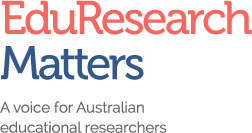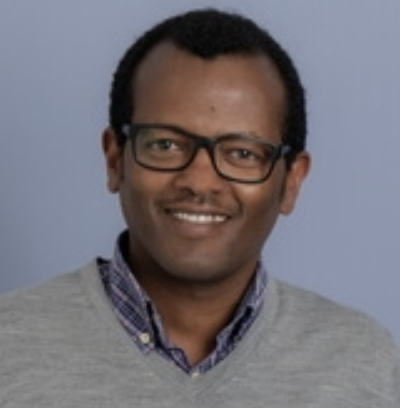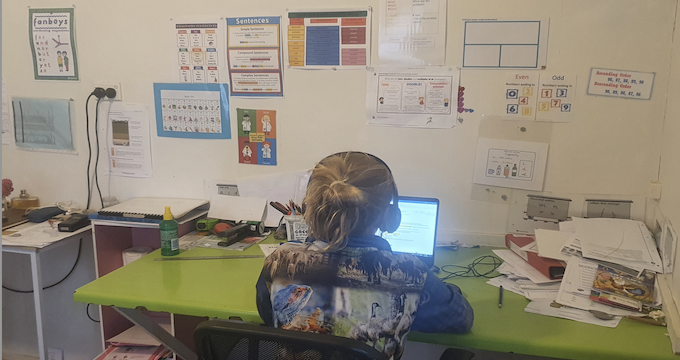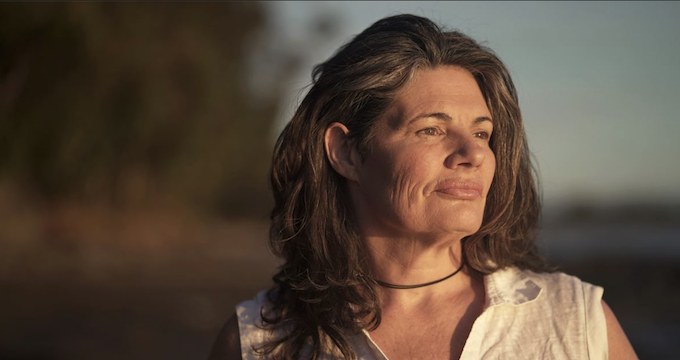The Australian Government announced significant changes last year to programs that enable students from non-high school pathways to transition into university. These programs began in Australia 50 years ago and are broadly referred to as enabling education. There are 48 programs now operated by universities across Australia. Enabling education is defined legislatively as a course “provided to a person for the purpose of enabling that person to undertake a course leading to a higher education award”.
Enabling education operates free-of-cost to domestic students who don’t meet current entry requirements to enter an undergraduate level program. These programs are key to widening educational participation, especially for students from recognised equity backgrounds.
The government renamed those programs “FEE-FREE Uni Ready”, including $350 million in increased funding and increased student places. It also committed to work with providers to “professionalise and increase the quality and consistency of courses” and improve their “portability”.
Same goal, different names
In the course of this short announcement, the terms ‘enabling’, ‘pathway’ and ‘preparatory’ were used alongside FEE-FREE Uni Ready, and other terms are also associated with this field of education including ‘foundation studies’, ‘bridging programs’ and ‘access courses’. Different programs also utilise program names that incorporate these terms or others such as ‘steps’, ‘track’, and ‘link’. Ostensibly, these courses share the same goal.
Recent benchmarking by the National Association of Enabling Educators highlights these programs usually include explicit teaching of study preparation. They also usually include communication skills, academic literacies and/or numeracies. But providers do not use the same language to refer to the programs they offer. Even when they use the same naming conventions they are not necessarily referring to the same program types. There is variation throughout the sector over length of study time, use of fees and program entry requirements, for example. The variation in terms, and whether the same program name even means the same thing between providers, is mind boggling!
Current benchmarking exercises seek to make sense of the various naming conventions around enabling education. They rely upon a shared understanding of what enabling education is: a pre-Bachelor course of study enabling university entry. However, we know that this is not the only way that enabling education can be constructed. The government’s advice to university providers says this: “A provider’s purpose in enrolling a student in a course of instruction determines whether it is an enabling course. Therefore, a course of instruction may be an enabling course for only some students undertaking it.”
It continues that even courses that bear credit can constitute an enabling course, though credit bearing courses cannot constitute the majority of the program of study.
The eye of the beholder
It seems, then, that what constitutes enabling lies in the eye of the beholder. It is likely that enabling funding is used diversely. For example, it may be used for programs sitting within or alongside undergraduate level study. It may also be used within high school outreach programs that assist students to transition out of secondary education and into a further enabling program or directly into undergraduate study. As this is not commonly understood as ‘enabling’, it is not necessarily captured in national typologies of enabling education or in benchmarking.
Importantly, it is not captured in our conversations about whether enabling education is best understood as a field of education that assists students not only into higher education but also through an often-non-linear educational journey that continues beyond the entry point of undergraduate study.
Our nomenclature shouldn’t limit our understanding of where enabling should ‘sit’ as a mechanism for supporting students and improving outcomes.
The term ‘enabling education’ is not commonly used outside Australia. And other terms do not adequately translate into an international context. For example, “preparatory” is the term proposed by the Australian Universities Accord to replace enabling education. However, this can create a problematic and false equivalency to American preparatory schools, whose function is entirely different to ‘preparation’ in an Australian enabling context.
Within Australia, the use of distinct naming conventions for different programs impacts the legitimacy of enabling education as a particular field of education, taught by those with distinct and recognisable expertise. If we accept that enabling programs represent a particular branch of knowledge with expertise required to teach it, it deserves a consistent name that represents it as a field of education. It is questionable whether ‘enabling education’ is adequate for this purpose.
What we call these courses matters
The conflation of terms like FEE-FREE Uni Ready (a name reserved for particular programs) with a field of education or discipline being taught does not help with efforts to form a meaningful and invariable name. It also inhibits our ability to understand what it is about enabling education as a field that is distinct, and what exists in parallel with other transition pedagogies, or preparatory practices. If these courses are simply about ‘enabling’ students to enter undergraduate study, what exactly do they even need to cover to prepare students and who determines this?
What we call these courses matters. In practical terms the diverse naming conventions of enabling programs presents a barrier to finding and accessing these programs. These programs are particularly aimed at students often marginalised from higher education – so this naming problem may exacerbate this marginalisation. Naming conventions matter too. They tell students how they are viewed by the university. They also tell students how they should think about themselves. In a NSW context, for example, ‘pathway’ is often used to refer to enabling programs. However, it is often preceded by the word ‘alternative’ – an alternate pathway to the completion of the Higher School Certificate. It implies that enabling education is secondary.
And is enabling the right word? It has the loaded and problematic inference that students are not already ‘able’. Our terminology matters in framing enabling education, particularly for students who have experienced educational disadvantage.
We still don’t know what’s going to happen
The FEE-FREE Uni Ready proposal was slated for implementation from 2025. But at the time of writing (February 2025) no further substantive clarification has been provided by government. That leaves much of the government-led work in formalising sector-wide benchmarks and shared (read: portable) understandings, curricula, and expectations unfinished.
This variability limits the portability of certificates for students. It also limits of awareness of these programs, even within a program’s own institution. That, in turn, impacts the critical and evaluative interest of educational researchers both within and, importantly, outside of enabling education.
Enabling education represents a real space for changing individual fortunes and helping students to develop fulfilling careers. But it is also as an opportunity for powerful knowledge and recognition of why access to education matters. It should also provide a space for deeper and critical understandings of higher education and its distributive role in society.
A public good
Enabling education is a public good, a true legacy of Whitlam-era policies that assert that higher education is for everyone. How we refer to this field of study matters. It dictates what enabling education does, how and when across a student’s journey.
Naming matters in how we continue to “professionalise” this form of education as a set of practices and pedagogies, and operationalise it for educators and researchers who work within it and the students who seek to benefit from it. It matters to the public, who fund it.

Emma Hamilton is a senior lecturer of history and convenor of the Open Foundation (Online) Program at the University of Newcastle, Australia. Her work relates to history on film, and to widening participation in higher education. Matthew Bunn is a seniorl lecturer in academic pathways at James Cook University. His research is grounded in the sociology of equity and widening participation in higher education. Kieran Balloo is joining Curtin University and is a visiting senior research fellow in the Surrey Institute of Education at the University of Surrey, UK. His research has a focus on student transitions, equity, and wellbeing, and it emphasises the importance of innovative and inclusive educational practices to support diverse student populations. Sally Baker is an associate professor of Migration and Education in POLIS at ANU. Her work centres on policy and practice related to equity in higher education, particularly with students with forced migration backgrounds.






















